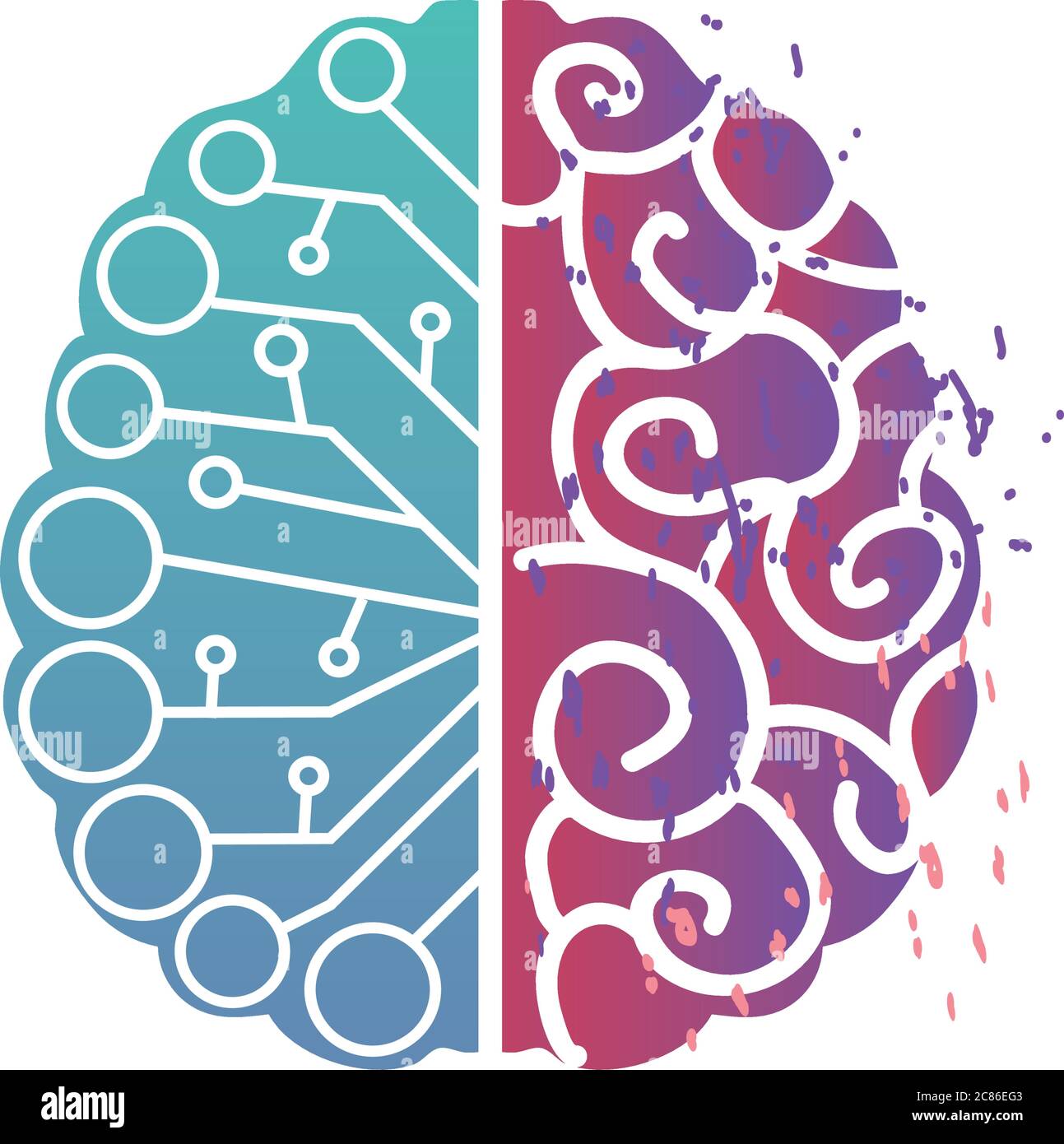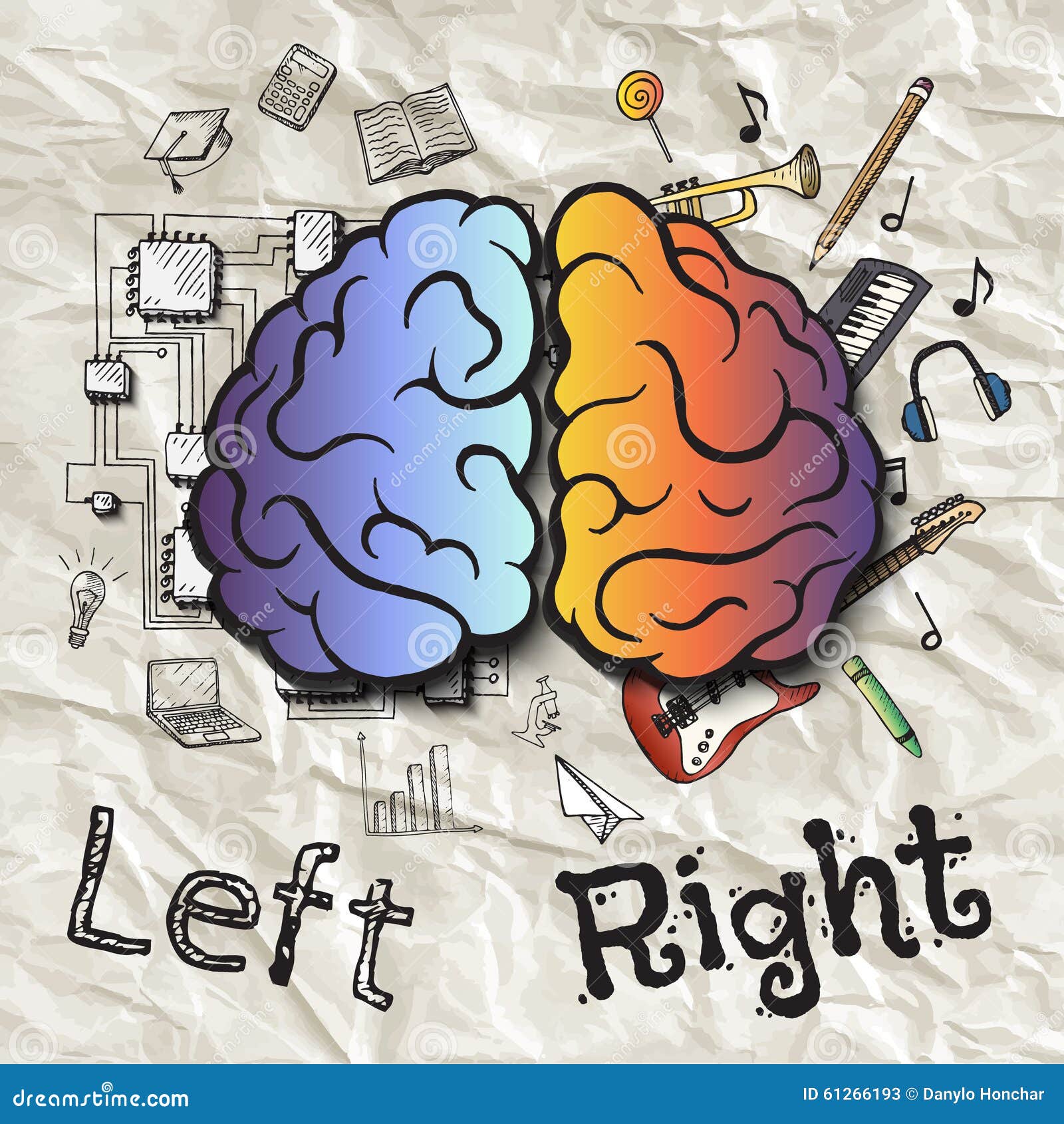

In adults, these two different perceptions combine to create one insight, although one c an trace the two dissimilar perceptions in forming our awareness. In children, each brain half appears to have its own distinct cognitive domain with its own private perceptual, learning, and memory experiences, all of which are seemingly unaware of corresponding events in the other hemisphere. Most tasks require the cooperation of both hemispheres, although each uses its own percepts, mental images, and associations. The right hemisphere has been called the “subordinate” or “minor” hemisphere, and some have even referred to it as “illiterate” and “mentally retarded.” However, recently it is understood that each of the hemispheres has its own functions. For a long time, it was believed that the left hemisphere was doing the actual work, while the right hemisphere remained mostly dormant for ordinary people. Interested in learning more about the Fast ForWord, Cogmed and Reading Assistant programs? Contact Sonic Learning’s team.Besides, it seems that for the majority of people who are right handed, the left hemisphere is specialized to perform common tasks. This blog post was based on a blog post by neuroscientist Dr Martha Burns. Of course, we may be stronger in one area over another – but if there’s one thing we’ve learned at Sonic Learning, it’s that our perceived deficiencies are really just skills we haven’t learned yet. Rather than a left-brainer or a right-brainer, we are both. Really, rather than using one hemisphere or the other for a task, we use them together for different aspects of the same skill. In fact, some research indicates that when typical right-first maturation does not occur, developmental abnormalities may result – including possibly autism.

Once the left hemisphere catches up, such exaggerated language cues are not needed as much. This may be why mothers exaggerate language clues when talking to their babies, probably due to an intuitive knowledge that this is what the baby’s dominant hemisphere – the right hemisphere – needs at this stage. It also seems the right hemisphere matures before the left. The left hemisphere handles complex, rapidly changing stimuli, in which determining the order is critical – as in speech, for example, where we must discern and order very rapidly changing complex acoustic events very quickly. So, in speech the left hemisphere is suited to analysing the specific sequence of sounds and words, which is essential for understanding grammar and perceiving the internal details of words. The right hemisphere is better at the “big picture” – but the left hemispheres is better with granular information – the “details”.


The left hemisphere deals with the details The right hemisphere is preferential in processing form, structure, and perhaps, direct links to emotion. Overall, research with the way babies react to sounds shows the right hemisphere is better at processing voice contour (the change in voice pitch over time), facial expression and aspects of size and quantity – which shows us how children begin to learn about music, art, maths and language.
#Hemispheres of the brain how to
This “pop-psychology” view of the right and left hemispheres has made quite an impact on popular culture – there were books written instructing individuals on how to “draw with the right hemisphere” or how to “teach to the right hemisphere”. You’ve heard the story: the left hemisphere of your brain is logical, analytical and detail oriented the right hemisphere is where creativity and intuition spring from.


 0 kommentar(er)
0 kommentar(er)
